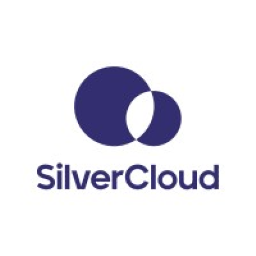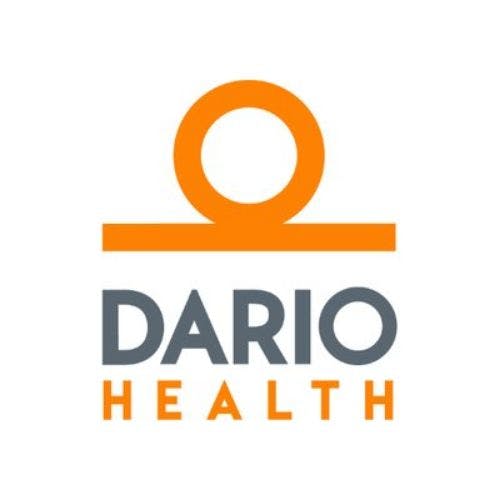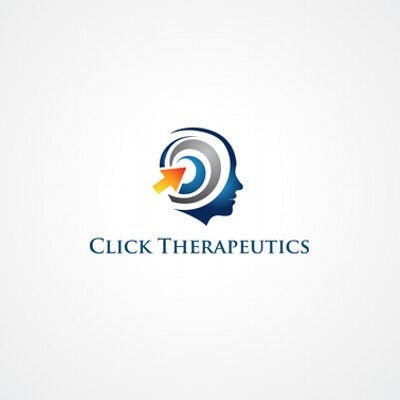Digital therapeutics offer a multi-pronged value proposition to support revenue and address key health system challenges. When used to their maximum benefit, DTx solutions may provide some of the following advantages:
Expanded clinical workforce capacity. AI-driven digital therapeutic solutions require limited care team intervention, but still provide effective personalized recommendations to meet individual patient needs. This capability is likely to prove especially important as patient populations continue to age and expand,
Improved patient engagement and satisfaction. Patients receive tailored recommendations for their unique health conditions through frequent interaction with engaging interfaces. These frequent touchpoints can serve to motivate behavior change and care plan adherence, influence better care outcomes, and may ultimately drive patient satisfaction.
Reduced costs. As healthcare continues its shift toward value-based care, digital therapeutics can help health systems navigate this change by facilitating better health outcomes and potentially reducing preventable utilization.
Support for revenue-driving specialty service lines. Digital therapeutics provide more patients with convenient, accessible, and engaging ways to receive care, while freeing up providers to focus on more complex cases.
Tools to advance health equity. Digital therapeutics can cross geographic, linguistic, and cultural barriers to deliver personalized interventions to patients in their own languages and familiar environments. DTx solutions are also not constrained solely to uninterrupted broadband access, and can deliver interventions and collect data with only intermittent access.
















